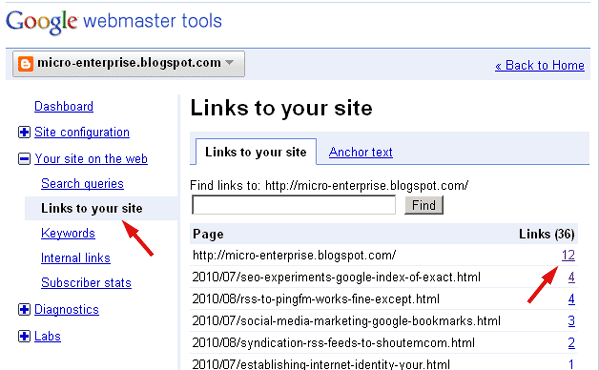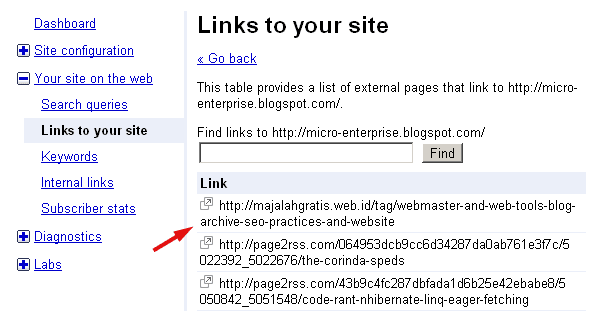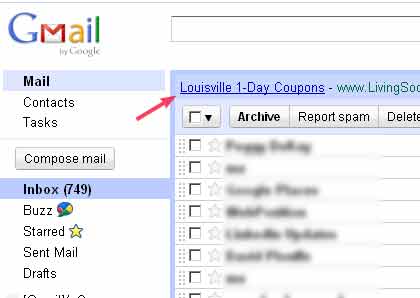Technology amplifies the good and the bad with equal ease and troublesome indifference. A thousand busy posters can generate a considerable volume of twittering, but consider the potential for an exploding number of tweets flying back and forth when every ambitious internet marketing concern embraces the brute force power of fully automating the process. Just as automated email pushed spam into your email in-box, RSS-to-Twitter technology may well result in pushing a tide of smarmy promotions into social media.
The essential differences between email and social media will make the inevitable issue of automated social media spam by way of RSS feeds much easier to deal with Unlike email that can be sent anonymously and from anywhere, automated feeds to social media outlets come from identifiable sources through a connections that must be negotiated. More importantly, the target is not a captive audience as with email. People encounter social media channels only by choice, so far. RSS spam can be more easily regulated or ignored.
How RSS to Twitter works
I have to assume you know what a
RSS feed is, for the easy reason that I have no simple explanation that would satisfy one who doesn't know. RSS feeds are everywhere, and you've seen the distinctive icon frequently, scattered about the web. With a blog, for example, an RSS feed might contain every single post in a structured data format in a single file that can be read by anyone.
A human can share a blog post on Twitter by posting a link to their Twitter account directly. A computer software program can extract the link information for a blog from its RSS feed and post each one to Twitter, if Twitter allows it, and Twitter allows it. That is the root process of RSS-to-Twitter systems. It involves the automated extraction of data from an existing RSS feed and then posting that data to an existing Twitter account. That is the gist of how it works.
"RSS to Twitter" is a metaphor
RSS to Twitter is also a statement of origin. It started with Twitter and Twitter users, and it makes sense. If I can write a blog post and manually post a link to it on my Twitter account, and I do that every day, how much more efficient is it to automate the process? Quite a bit, for me, and it is not limited to Twitter.
The RSS-to-Twitter process immediately found use and support for other social media platforms. Now, it is possible to automatically send a notice of my new blog post to a multitude of social media outlets. RSS-to-Facebook, RSS-to-Delicious, RSS-to-Blogger, RSS-to-Tumblr, RSS-to-Google Buzz, and many more are now a practical reality. It is being done and it is growing, slowly. It has instant and obvious appeal to internet marketers.
RSS to Twitter - How it's done
This is not a genuine "how-to" for converting a RSS feed into a Twitter API feed. It is a "How to use free web resources to do that which you lack the time or the motivation to do yourself." The main free to use on-line force behind RSS-to-Twitter is Twitterfeed.com. There are also use-for-pay services such as SimpleFeed.com, that caters to multinational corporations, but that is not for us. Another free to use service that went dark is RSStoTwitter.com. The individual developer did not come up with a working business plan that made his RSS to Twitter service pay for itself. It was unsustainable.
So, "how it's done" for most of us non-programmers revolves around using Twitterfeed.com, or something similar.
Twitterfeed.com accepts RSS imput, converts it to a Twitter-compatible format, and feeds the result out over the following channels:
- Twitter,
- Ping.fm,
- Hellotxt.com,
- Status.net, and
- Facebook
Both
Ping.fm and Hellotxt.com allow further distribution of the Twitterized feed to several scores of other social media. Previously
Ping.fm did not accept RSS feeds directly at all, but it has recently introduced that feature which, for now, is limited to a single RSS feed. Ostensibly,
Hellotxt.com has a companion site
Hellotxtfeed.com that functions like Twitterfeed.com, except its server has not been available online since I started checking five days ago, so I have my doubts about it.
Feedburner.com has also recently added the capability of sending Twiterized RSS feeds directly to Twitter. That is contained within Feedburner's 'Socialize' tab.
What good can come of RSS to Twitter?
That remains to be seen, as far as I'm concerned. Right now I am busy trying to understand its potential, once I figure out how it actually works in practice.
See my
RSS syndication map - a work in progress


























